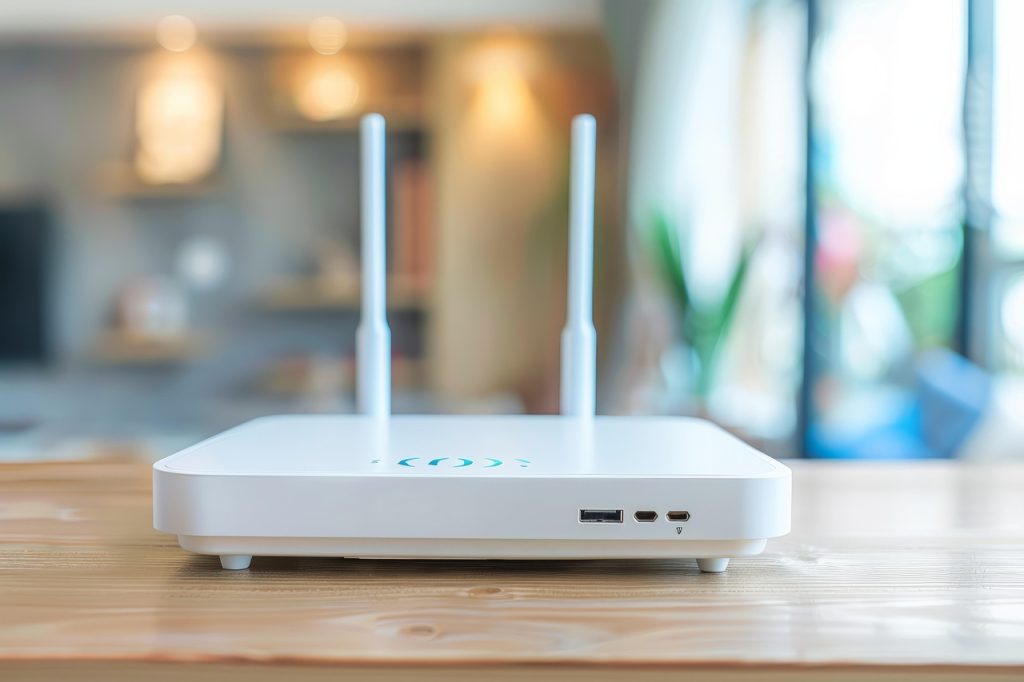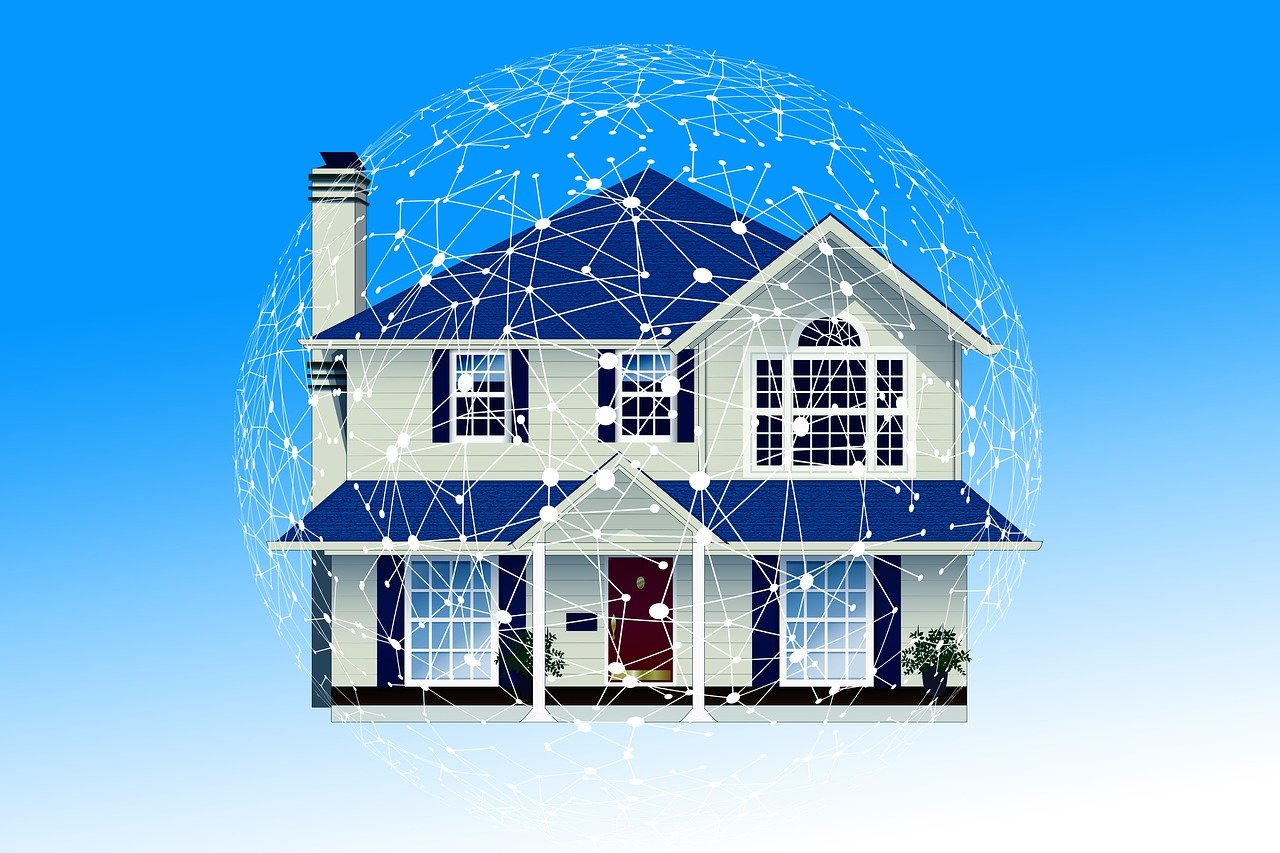In today’s day and age having a home network is essential for everyday tasks and working from home. There are several different devices that make up your home network which can communicate with each other and with the internet. This allows you to connect your computer, tablet, smartphone, TV, smart home devices and other electronic devices together so you can share something on your own network like videos or files or you can enjoy external services on the internet like streaming movies, playing online games or simply access your emails or online banking.
Your home network can be wired or wireless using Wi-Fi depending on your needs. There are several devices than can typically be found in a home network:
- The modem
This device is usually the first device in your network as it is connected to your Internet Service Provider (ISP) and converts the internet signal which comes into your home via DSL, coaxial cable or fiber, into another format that your devices can understand.
- The router
The router takes the internet connection from your modem and shares it with your devices in your home network like your computer or smartphone. This is either done via Wi-Fi or via ethernet cables. The router also includes a firewall and other security features to protect your home network from viruses and other cyber-attacks.
Some devices are modem/router combo devices, so you only need one device instead of having a separate modem and a separate router.
- Access points / Wi-Fi mesh systems
These systems are designed to extend the Wi-Fi coverage to areas of your home where the Wi-Fi signal of your router cannot get to. You can place an access point or a Wi-Fi mesh system node on different floors of your house to be able to connect to your Wi-Fi. Access Points or Wi-Fi Mesh systems can be connected to your router using ethernet cables which allow for a higher bandwidth because if you connect access points via Wi-Fi, walls and other objects in your house cause interference and you have less bandwidth available for your devices.
- Switch
A switch allows you to expand the number of ethernet connections for wired devices like PCs, TVs or printers) if you need more ports than your router offers. There are various sizes of switches which offer different options and port speeds (e.g. 1 Gbps, 2.5 Gbps or 10 Gbps and higher) depending on your needs.
- End devices
End devices are the devices that are connected to the network devices like your computer, smartphone, tablet, gaming consoles, TVs and smart home devices to gain access to your local network or the internet.

Router – Image by Tung Lam from Pixabay
You can see that there are several devices in your home network that all work together so you can access the internet and make use of your network for filesharing, online gaming, streaming, working from home and much more. Understanding which devices make up a home network is important so you can build your own fast, reliable, secure network according to your needs. To help you even more, there will be more posts coming up about building your home network, the different Wi-Fi standards and much more.

Leave a Reply